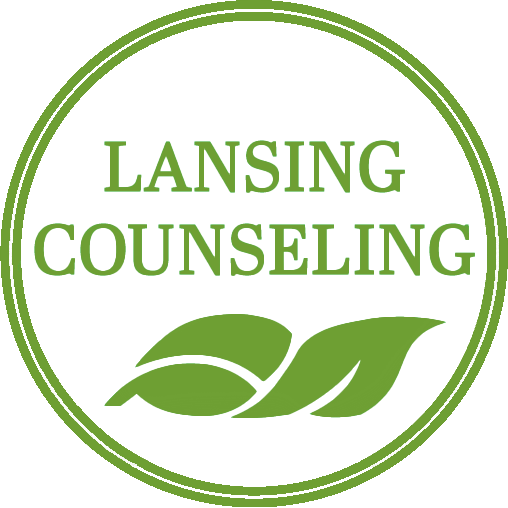Bipolar II Disorder – Dispelling Common Myths
Bipolar II Disorder – Dispelling Common Myths
Bipolar 2 Myths vs. Reality
When it comes to bipolar disorder, many of our clients are surprised to hear that there is actually more than one form of this condition. While bipolar II disorder is similar to bipolar I disorder, there are many differences that make diagnosing, treating, and living with bipolar II disorder very different. In this blog, we’ll dispel some of the common myths associated with bipolar II disorder and provide basic details about what it is and how it differs from bipolar I disorder.
Myth 1 – It’s Just a Milder Form of Bipolar I Disorder
This is by far the most common misconception related to bipolar II disorder. While the two forms of bipolar disorder have many similarities, bipolar II disorder is not just a milder form of bipolar I disorder. Actually, many people consider bipolar II disorder to be more severe. While both forms of bipolar disorder have very low periods of depression, the main difference between the two disorders is the mania aspect. Individuals who have bipolar I disorder have episodes of complete mania where they experience high levels of excitement, euphoria, and overstimulation that can last a week or longer. Individuals with bipolar II disorder don’t experience complete mania. Instead, they experience something called hypomania. This is shorter and less extreme form of manic episodes that last a few days to a few weeks and may not be constant. Instead, the individual may just experience a few hours of increased energy and productivity or improved mood during the day. Essentially, bipolar II disorder is characterized by having the very low lows of depression without the highs of complete manic episodes. This can leave people having a more difficult time managing their depression, which may mean individuals with bipolar II disorder are at greater risk for suicidal ideation and other risk factors associated with depression.
Myth 2 – Bipolar II Disorder Has the Same Symptoms as Bipolar I Disorder
The symptoms of bipolar I and bipolar II disorder are very similar, but it’s important to know the differences in order to offer an accurate diagnosis and provide the best therapy and other support resources for the individual’s needs. The main difference, as described above, is in the impact of the complete manic episodes versus hypomania. The common symptoms of bipolar II disorder include:
- Feeling jumpy, agitated, wired, or on edge
- Having a lot of extra energy
- Doing a lot more activities in any given day
- Needing less rest or sleep
- Feeling unusually upbeat or self-confident
- Difficulty concentrating or focusing
- Talking more than usual and possibly interrupting others
- Having mood swings or being especially irritable
- Depressed mood (sadness, helplessness, hopelessness)
- Crying unexpectedly or getting teary eyed about things that don’t seem to warrant the response
- Losing or gaining weight (changes in eating habits)
- Sleeping too much or being unable to sleep
- Exhaustion and fatigue
- Low self-esteem or feeling worthless, guilty, or generally lacking confidence
- Loss of interest in activities once enjoyed
- Difficulty making or sticking to decisions
- Suicidal ideation
Myth 3 – It’s not as Important to Seek Treatment for Bipolar II Disorder
Because of the common misconception that bipolar II disorder is a mild form of bipolar I disorder, many people also think this form of the condition doesn’t need to be treated. This is completely inaccurate. People with bipolar II disorder will benefit from intervention, including individual therapy, family or group therapy, prescription medications, and substance abuse disorder therapy (when necessary).
Myth 4 – No One in My Family Has Bipolar II Disorder, so I Won’t Have it Either
Genetic predisposition is one of the main risk factors for bipolar I and II disorders, but that doesn’t necessarily mean you will only develop this condition if you have a family member who is diagnosed with bipolar disorder. Other common risk factors associated with bipolar II disorder include:
- Prolonged or extreme stress
- Experiencing a traumatic event or events
- Substance use disorders
- History of suicidal ideation or attempts
- Difficulties with relationships or failure to thrive across all areas (social, educational, familial)
Want to Find Out More About Bipolar II Disorder?
Whether you’ve received a bipolar II disorder diagnosis, you believe this condition may be impacting you, or you’re struggling with other emotional concerns, the Lansing Counseling team is here to help. To get started working with us, simply take a few moments to get in touch over the phone at (517) 333-1499, email [email protected], or complete our online information request form.
Lansing Counseling
5030 Northwind Dr Suite 101
East Lansing, MI 48823
